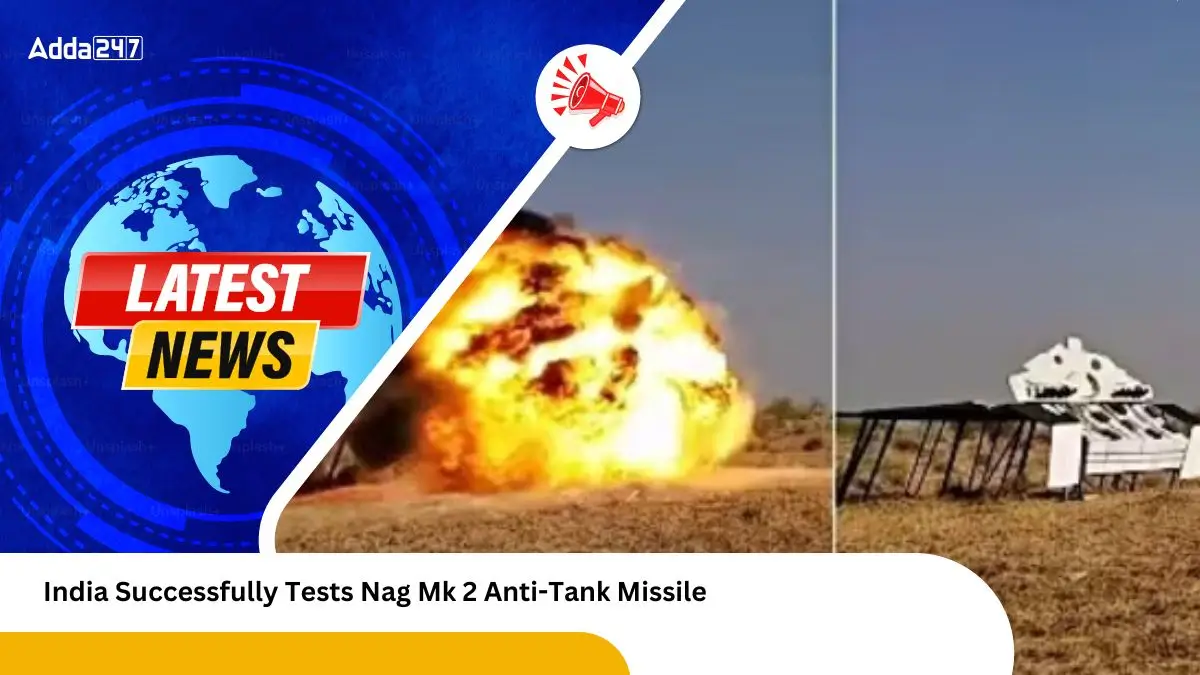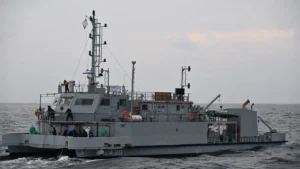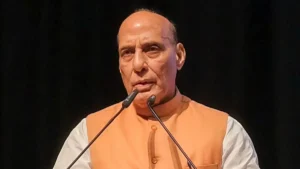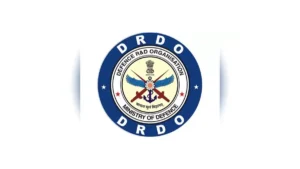India recently conducted successful field evaluation trials of the indigenously developed Nag Mk 2 Anti-Tank Guided Missile (ATGM) at Rajasthan’s Pokhran Field Firing Range. Developed by the Defence Research and Development Organisation (DRDO), this missile system is part of India’s Integrated Missile Development Program, aimed at significantly enhancing the Indian Army’s anti-tank warfare capabilities. Equipped with cutting-edge infrared and fire-and-forget technology, the Nag Mk 2 is a highly precise and versatile weapon system.
Key Features and Highlights
Advanced Technology
- Third-generation fire-and-forget ATGM.
- Uses advanced infrared technology for target locking before launch.
- Capable of operating in all weather conditions and complex battlefield environments.
Specifications
- Speed: 230 meters per second.
- Range: Can destroy targets up to 4 kilometers away in 17-18 seconds.
- Weight: Approximately 45 kilograms.
- Length: 6 feet 1 inch.
Capabilities
- Designed to neutralize modern armored threats, including tanks with explosive reactive armor (ERA).
- Precision strike capability ensures pinpoint accuracy.
Field Trial and Validation
- Successfully tested at maximum and minimum ranges, validating its operational effectiveness.
- Nag Missile Carrier version-2 was also evaluated.
- Trials mark the readiness for induction into the Indian Army.
Development and Cost
- Developed under DRDO’s Integrated Missile Development Program at a cost of ₹300 crore.
- Initial successful test conducted in 1990, with advancements incorporated during 2017-2019 trials.
Acknowledgment
- Defence Minister Rajnath Singh congratulated DRDO, the Indian Army, and industry partners for the successful trials.
| Summary/Static | Details |
| Why in the news? | India Successfully Tests Nag Mk 2 Anti-Tank Missile |
| Type | Third-generation Anti-Tank Guided Missile |
| Technology | Fire-and-forget, Infrared target-locking |
| Speed | 230 meters per second |
| Range | 4 kilometers |
| Length | 6 feet 1 inch |
| Capabilities | Neutralizes modern armor, including explosive reactive armor |
| Development Cost | ₹300 crore |
| Initial Test | 1990 |
| Recent Trials | Validated in 2024 at Pokhran Field Range |
| Acknowledgment | Congratulated by Defence Minister Rajnath Singh |
| Operational Status | Ready for induction into the Indian Army |



 Indian Navy to Commission First Indigeno...
Indian Navy to Commission First Indigeno...
 Rajnath Singh Inaugurates 125 Border Inf...
Rajnath Singh Inaugurates 125 Border Inf...
 DRDO Transfers Seven Indigenous Technolo...
DRDO Transfers Seven Indigenous Technolo...







